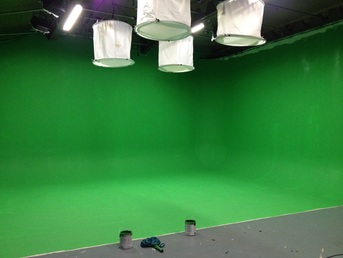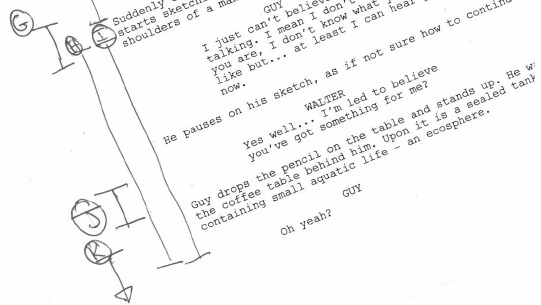November was a busy and productive month for us. Amongst a whole list of pre-production duties one thing we needed to tick off the list was booking a studio for the shoot.
Amongst a list of beneficial properties that we were looking for (i.e. being based in or around London) there are two which are absolutely essential - it must be large enough to house our set;
it must be sound proofed due to the film being so dialogue heavy.
Amongst a list of beneficial properties that we were looking for (i.e. being based in or around London) there are two which are absolutely essential - it must be large enough to house our set;
it must be sound proofed due to the film being so dialogue heavy.
 Waterloo Studio 2.
Waterloo Studio 2. Our searches with these criteria eventually lead us to Waterloo Film Studios which houses four studios. We looked at a smaller (and obviously therefore cheaper) option, and the larger studio 2.
Which we end up using remains to be decided however what has been is how long we are there for. In a previous blog I talked about creating a story board which of course gives you a rudimentary shot list.
Michael and I looked over this shot list and guesstimated that the whole shoot should take about three days which we have budgeted for. But you can't rely on guesstimates, so with that in mind we have begun script lining.
"Script lining" is a very appropriate name for a process by which you draw lines all over your script. Their purpose is to mark which sections of the script require which shots.
Which we end up using remains to be decided however what has been is how long we are there for. In a previous blog I talked about creating a story board which of course gives you a rudimentary shot list.
Michael and I looked over this shot list and guesstimated that the whole shoot should take about three days which we have budgeted for. But you can't rely on guesstimates, so with that in mind we have begun script lining.
"Script lining" is a very appropriate name for a process by which you draw lines all over your script. Their purpose is to mark which sections of the script require which shots.
So once that's done we can see how long the camera should be running for each shot and with some simple mathematics that take into account retakes you know roughly how long you will need for each set up, setting up that set up and moving between them. Add lunch and other small breaks and you have your shoot schedule. Next is to fine-tune that schedule...


 RSS Feed
RSS Feed
